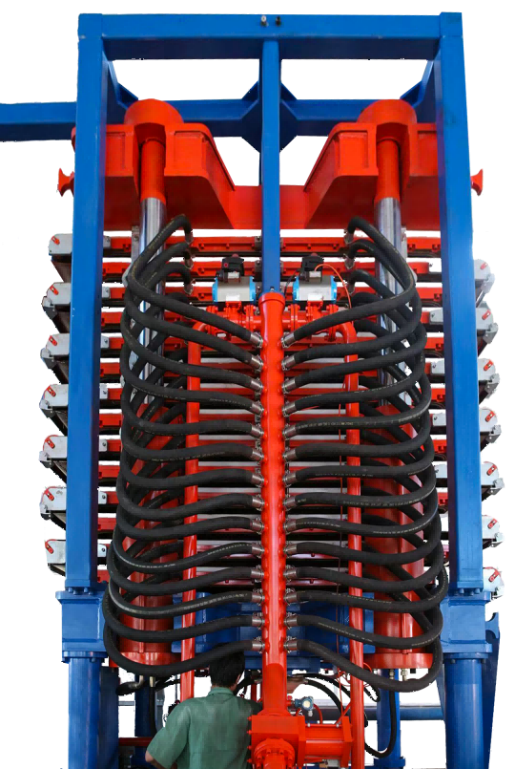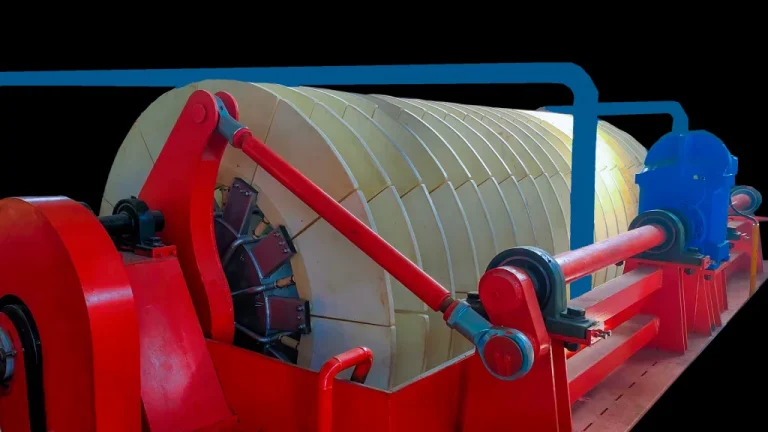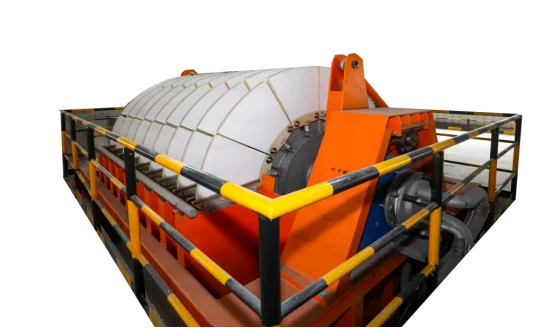Overview of Vertical Press Filters

Key Features of Vertical Press Filters
Vertical press filters pack a punch with features that boost their punch and flexibility. They hit high filtration pressure—up to 20 MPa. Their tight build saves space. They run fully hands-free too. The TFP vertical filter press stands out as a slick, auto-run system for splitting solids and liquids. It’s known for top efficiency and low power use. These filters come with self-guided hydraulic cylinders and multi-cylinder sync setups. That keeps things steady and trusty. Plus, they handle sticky or fine stuff with ease. This makes them a go-to for all kinds of industrial gigs.
Importance of Vertical Press Filters in Industrial Applications
Vertical press filters are game-changers for industrial tasks. They split solids from liquids like champs. This is key for drying out mining hauls, handling leftovers in smelting or chemical work, and tackling sewage sludge. They also play big in green efforts, cleaning up waste acid and sludge across trades. Their sharp efficiency trims running costs. They keep things in line with eco-rules too.
The Working Principle of Vertical Press Filters
How Vertical Press Filters Operate in Mining and Chemical Industries
In mining, vertical press filters dry out concentrates and tailings sharp. Slurry hits the filter chamber once the plate frame shuts. The clear liquid slips through filter cloth into a liquid chamber. Then it flows out via pipelines. In chemical work, they manage electrolytic scraps, leaching bits, and other leftovers with pinpoint accuracy.
The process rolls through stages: filtering, pressing, rinsing if needed, drying with compressed air, and dumping the filter cake. Each step nails top-notch separation. It keeps moisture low in the final goods.
The Role of Pressure and Filtration Media in the Process
The filtering game hinges on pressure gaps across the filter cloth. High-pressure water or air squeezes the filter cake tight against the cloth. This pulls out max liquid. High-pressure water shoots to the diaphragm’s top side through a soft tube. The pick of filter media matters a ton. It shapes efficiency and lifespan. Tough materials hold up under heavy pressure.
Types of Filter Presses and Their Applications
Plate and Frame Filter Presses: Characteristics and Uses
Plate and frame filter presses stick to the old-school vibe. They’ve got plates and frames stacked tight under pressure. These setups shine for small-batch jobs needing moderate filtering.
Recessed Plate Filter Presses: Operational Advantages
Recessed plate filter presses ditch frames. They carve chambers right into the plates. This lets them handle higher pressures without leaks. They’re great for trades needing fine sifting.
Membrane Filter Presses: Enhanced Efficiency Through Compression
Membrane filter presses bring stretchy membranes to the table. These flex during runs to wring extra liquid from the filter cake after the first pass. This two-step move cuts moisture big-time.
Fully Automatic Filter Presses: Automation for High Efficiency
Fully automatic filter presses are the cream of the crop. They rock PLC controls and touch panels. These rigs run the whole show—feeding to dumping—with barely a nudge. Filtering, pressing, rinsing, drying, dumping, and cloth refresh all hum along auto-style.
Challenges and Limitations of Vertical Press Filters
Handling High-Solids Slurries: Issues and Solutions
Vertical press filters shine at splitting solids and liquids. But high-solids slurries throw curveballs. These mixes often pack fine bits and gooey leftovers. That can gum up filter media and slow things down. The TFP vertical filter press is a high-efficiency, auto-run system for solid-liquid splits. It sips power too. Still, high-solids loads might need more cleaning breaks to dodge clogs.
To tackle this, slick tech like self-cleaning filter cloths and high-pressure rinse systems step in. Optional high-pressure washing boosts cloth refresh and lifespan. Pre-treatments like flocculation help too. They clump tiny bits into bigger chunks for easier sifting. These fixes make vertical press filters bend to all sorts of industrial needs.
Comparison with Other Filtration Methods, Including Vacuum Belt Filters
Vertical press filters rule for drying jobs needing super-low moisture in the end product. But they’ve got rivals. Vacuum belt filters are a hot pick for industrial sifting tasks. The horizontal vacuum filter is a slick solid-liquid splitter. It uses filter cloth as its core.
Unlike vertical press filters, which lean on pressure gaps for drying, vacuum belt filters pull solids from liquids with suction. They keep things moving nonstop and sport a piece-by-piece build. That’s great for big jobs needing steady flow. But their filter cakes often hold more wet than vertical press filters’ output. Vertical press filters hit lower moisture thanks to their high-pressure squeeze. Picking between them hinges on what you need—dryness or scale.
Applications of Vertical Press Filters Across Industries
Use Cases in Mining Industry for Slurry Dewatering
In mining, vertical press filters are stars at drying mineral concentrates and tailings. Slurry hits the filter chamber when the plate frame locks shut. This strips water from mined stuff, cutting weight and bulk for hauling or tossing. Drier materials also ease later steps like smelting or chemical pulls.
These filters handle gritty mining materials like nobody’s business. Their tough build holds up in rough conditions. They keep performance high. Their knack for sticky and fine stuff makes them a must for tricky mining jobs.
Applications in Chemical Industry for Purification Processes
The chemical world leans hard on vertical press filters for clean-up tasks splitting solids and liquids. These rigs handle electrolytic scraps, leaching leftovers, and other mixes with dead-on precision. They shine with sticky or fine stuff and jobs needing super-dry filter cakes.
In drug-making, where purity’s king, vertical press filters yank out gunk from chemical mixes. They keep product quality tight. Their auto-run setup cuts human meddling in key steps like rinsing or drying.
Other Industrial Uses, Including Wastewater Treatment and Food Processing
Outside mining and chemicals, vertical press filters get big play in wastewater plants for sludge drying. They pull water from sludge sharp. This slashes disposal costs and sticks to green rules. They’re key to eco-efforts cleaning sewage sludge across trades.
In food processing, vertical press filters clear liquids like juices or pull solids from mixes like soy milk. Their fine-particle handling ensures top-shelf outputs fit for shoppers.

Часто задаваемые вопросы (часто задаваемые вопросы)
Что отрасли больше всего выигрывают от использования vertical press filters?
Mining, chemicals, wastewater cleanup, food processing, metallurgy, and drug-making cash in big. They need slick solid-liquid split systems.
How do vertical press filters achieve low moisture content?
They use high-pressure tricks to squeeze solids against filter media. This yanks out max liquid during the run.
Are vertical press filters energy-efficient?
You bet. The TFP vertical filter press runs lean with high efficiency and low power pull.
What makes vertical press filters suitable for handling sticky materials?
Their smart builds pack stuff like self-guided hydraulic cylinders. These keep things steady even with tough materials.
Янтай Хексин Экологическая защита оборудования Ко., ООО, based in YEDA Yantai City, crafts top-tier filtration gear like belt filters and tower filter presses. They’ve got over 20 years tailoring solutions for all kinds of industrial needs.








